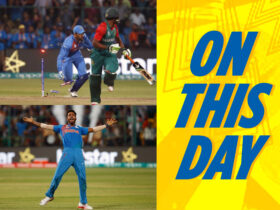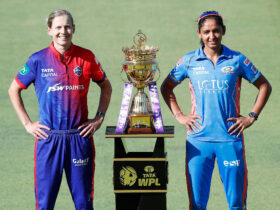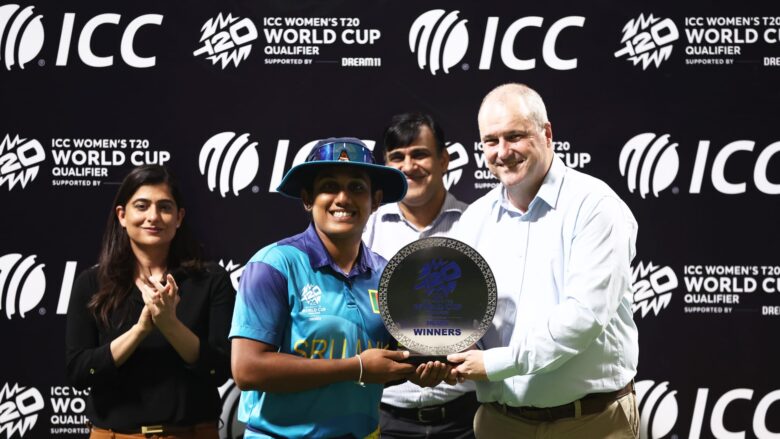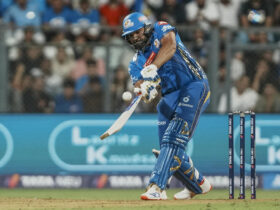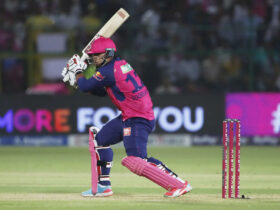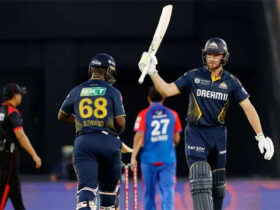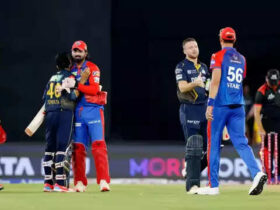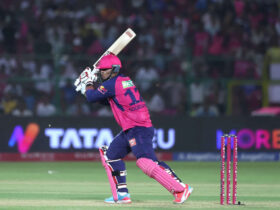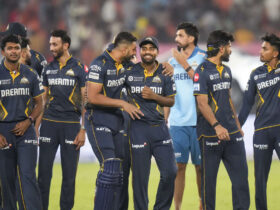Sana Mir’s Analysis of the ICC Women’s T20 World Cup Qualifier
The ICC Women’s T20 World Cup Qualifier final was a spectacle of Chamari Athapaththu’s prowess. As I had previously noted, Athapaththu is a world-class player capable of single-handedly turning the tide of any game. Her stunning century in the final was a testament to her extraordinary talent.
Scotland was dealt a significant blow with Kathryn Bryce’s injury. Despite a promising start, they failed to capture the crucial wicket of Athapaththu, leading to their defeat. Athapaththu’s power and range of strokes were on full display after she reached her half-century, leaving Scotland’s bowlers helpless.
Chasing Sri Lanka’s formidable total of 169 runs was always going to be a daunting task for Scotland. Even with their skipper, reaching such a high target would have been a challenge.
Sri Lanka’s victory is a continuation of their recent exceptional performance, largely due to Athapaththu’s heroics. Their series wins against South Africa and New Zealand, along with a comfortable run in the Qualifier, place them in a strong position for the Women’s T20 World Cup in Bangladesh.
Despite being in a tough group with Australia, India, Pakistan, and New Zealand, Sri Lanka has the potential to cause upsets. If Athapaththu continues her form in Bangladesh, they could surprise many cricket enthusiasts.
Scotland’s journey in the tournament, despite their two defeats, has been inspirational. They were not among the favourites, but Kathryn Bryce and her team stepped up when it mattered most.
Bryce’s childhood dream of playing in a World Cup has finally come true, a fact revealed by her mother in a recent interview. With Bangladesh, England, South Africa, and the West Indies in their group for the Women’s T20 World Cup, Scotland has the potential to cause some upsets.
The depth of women’s cricket has improved significantly in recent years, with developing teams becoming more competitive. The ICC pathway events around the world deserve credit for providing opportunities and exposure to players.
New entrants like Vanuatu have made their presence felt, especially with their performance against Zimbabwe. The tournament showcased immense talent across all teams.
Ireland and UAE, despite falling at the semi-final stage, have promising young players and strong leaders in Laura Delany and Esha Oza. The gap between the top teams and Associate Member teams like Scotland and the UAE is closing, making the women’s international circuit more competitive.
Top teams can no longer take things for granted. I want to thank the ICC for giving me the opportunity to witness the progression of women’s cricket and interact with the next generation of cricketers. It was a fulfilling experience to share knowledge and experiences.


